SPARTANBURG COUNTY HISTORY
“Located in the northwestern part of South Carolina at the foot of Blue Ridge Mountains Spartanburg County was originally a hunting ground for the Cherokee Indians. The Spanish are believed to have been the first Europeans to have passed through the area. A stone was found in a field in 1934 that is said to have been left by the Spanish explorer Juan Pardo in 1567. After Charleston was founded in 1670, the area that
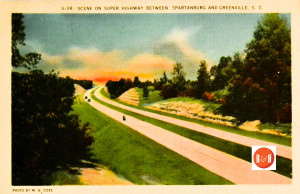
Postcard image courtesy of the Revels Collection – 2015
would become Spartanburg County remained outside of the allowed British settlement for another century. In 1755 a treaty was signed with the Cherokees and land grants were made available to the British settlers. Then in 1761 when the Cherokees were defeated the settlement was more secure. The area was settled by Scots-Irish settlers from Pennsylvania who settled along the Tyger, Enoree and Pacolet Rivers.
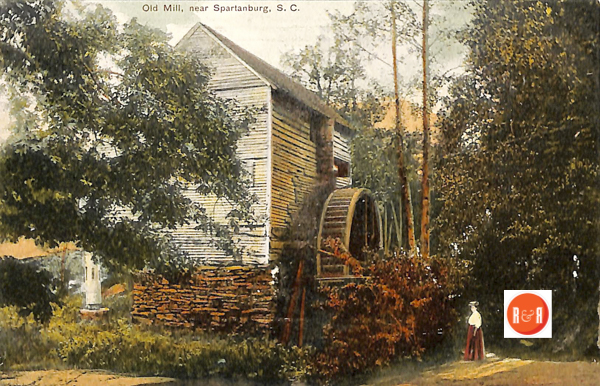
Image courtesy of the Tucker Postcard Collection – 2017
Many settlers in the area were loyal to Britain during the Revolutionary War because they had received royal land grants and lacked the grievances that the planters and merchants on the coast had. The members of the Spartan Regiment were well-known fighters for the cause of independence and were organized by Colonel John Thomas. In 1780 the fighting moved into the back country with the second Battle of Cedar Spring and the Battle of Musgrove’s Mill. These battles drew new life back into the Patriot cause. What was more important to the Patriots cause was the Battle of Cowpens in 1781, where the American forces defeated the British and began the altering of the course of the war in the South.
In 1785 the General Assembly established six counties in the interior of South Carolina and Spartanburg was one of them. Two acres of land in the middle of the county were donated by Thomas Williamson for the first courthouse and jail. In 1800 Spartanburg was made a district and remained one until 1868 when all of the districts were changed to counties. In 1897 Spartanburg County lost the northern corner of the county to the newly created Cherokee County.
The early settlers were mostly farmers who were mostly into substance farming. Their main crops were gains and vegetables, while hogs were the main livestock and source of meat. The earliest industry was iron working and the Wofford/Berwick Iron Works was one of the largest. It was located at Glendale on Lawson’s Fork Creek and the area was called the “Old Iron District”.
Short staple cotton dominated the county’s agricultural life during the first half of the nineteenth century. While most of the cotton producing farms were small and had few or no slaves, there were some large plantations in the county. As the century progressed, the number of slaves in the county rose. By 1850 one third of the county’s population was African American. During this time visitors from the low country were attracted to the area’s mild summers and stayed at hotels at Limestone Springs and Glenn Springs. In 1859 the completion of the Spartanburg and Union Railroad made travel around the county much easier.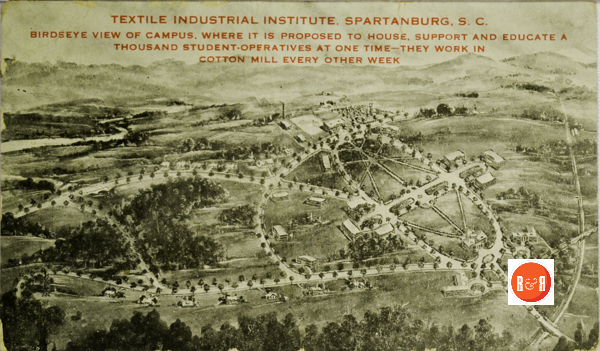
The Cedar Springs School for the Deaf was founded in 1849 and instruction for the blind added in 1855. With the opening of Wofford College in 1854, higher education for men was added to the county. In 1857 and 1859 the Reidville Male and Female High School were established.
While many of Spartanburg’s citizens’s fought and died in the Civil War, there were no major battles fought in the district. Cotton farming and the textile industry took over the economy after the war. The Bivingsville Cotton Factory on Lawson’s Fork Creek had been established by Dr. James Bivings in 1830s. In 1870, D. E. Converse acquired controlling interest in the Bivingsville Factory. He later changed the name of the community that surrounded the mill to Glendale. Spartanburg became an important textile center in the state and country due to the large mills built in the 1870s and 1900s. With the growth in manufacturing the population grew as well. Along with this expansion community leaders lament the lack of higher education for women in the county and they founded Converse College in 1889.
The Kennedy Library, established in 1883 and opened to the public on October 17, 1885, was built on land given to the city by the widow of Lionel Chalmers Kennedy. It was a free library and the first librarian was Mrs. E.E. Evins.
In 1890, Spartanburg was known for having one of the best and unique fire departments in the state of South Carolina. The city was able to get rid of its steam fire engine because the height of the standpipe was such that a hose could be attached to any fire hydrant and enough force would be put through without steam to put out the fire. The Chief at this time was Mr. M Greenwald, the assistant Capt. R.E. Brewton. There were four white companies, two colored companies and one colored hook and ladder company.
The Opera House was one of the best in the state in 1890. It could seat seven hundred people and the state and dressing rooms could accommodate any large traveling company. The Opera House was in the central portion of City hall and was leased by J. B Liles.
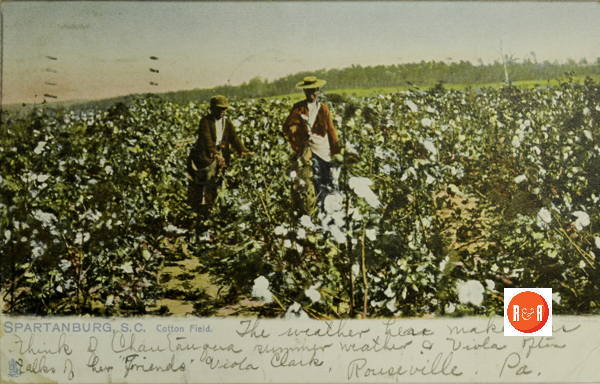
Postcard view of workers in the cotton fields of Spartanburg County, S.C. Courtesy of the Willis Collection – 2016
The location of Camp Wadsworth, an Infantry training center, benefited Spartanburg during World War I. Due to changing market demands, land exhaustion and the boll weevil, cotton declined as a major crop and peaches took its place. During the 1920s the textile industry entered a slump which grew with the Great Depression in the 1930s. The county’s textile industry was rejuvenated with the location of Camp Croft in World War Two, but it did not last after the War ended. The loss of the textile industry was offset by industrial diversification. In 1957 the Kohler Company arrived, followed the next year by the Miliken Research Center and then in 1963 the W.R Grace and Company. The international community grew in Spartanburg with the arrival of several more Swiss and German companies.
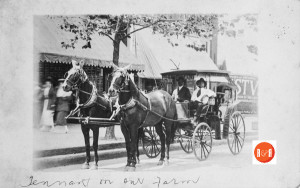
Note all tenants who farmed for a living were destitute or of African American origin. This image from the turn of the 20th century shows Spartanburg farm tenants shopping in downtown. Courtesy of the Meek Photo Collection – 2016
Spartanburg continued to grow with the addition of three new educational institutions in the twentieth century. In 1911 Spartanburg Methodist College was founded, in 1963 Spartanburg Technical College was founded, and in 1967 the University of South Carolina at Spartanburg was established. Cultural life also grew in Spartanburg during this time. In 1958, the Spartanburg County Historical Association was founded and in 1961 they established the Regional Museum of Spartanburg. The Arts Partnership of Greater Spartanburg was founded in 1994 and in 1995 the Hub City Writers Project was founded to help cultural activity keep pace with economic activity.”
Information compiled and written by Anna Lee – 2014, with assistance from Edgar, Walter B., ed. The South Carolina encyclopedia. Columbia, SC: University of South Carolina Press, 2006 and the South Carolina Gazetteer by J.H. Moore, 1989.
Stay Connected
Explore history, houses, and stories across S.C. Your membership provides you with updates on regional topics, information on historic research, preservation, and monthly feature articles. But remember R&R wants to hear from you and assist in preserving your own family genealogy and memorabilia.
Visit the Southern Queries – Forum to receive assistance in answering questions, discuss genealogy, and enjoy exploring preservation topics with other members. Also listed are several history and genealogical researchers for hire.
User comments welcome — post at the bottom of this page.


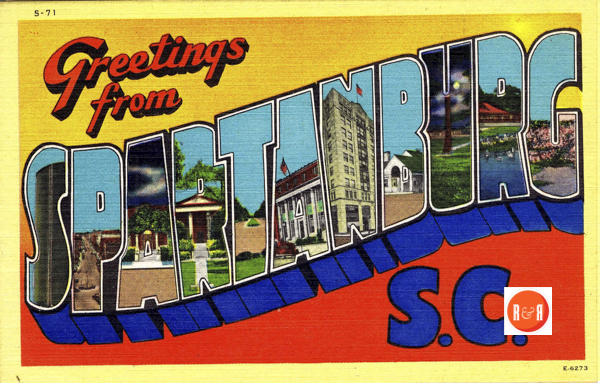
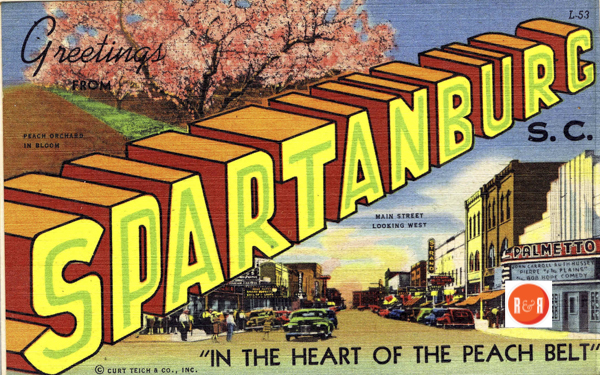

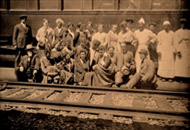
Share Your Comments & Feedback: